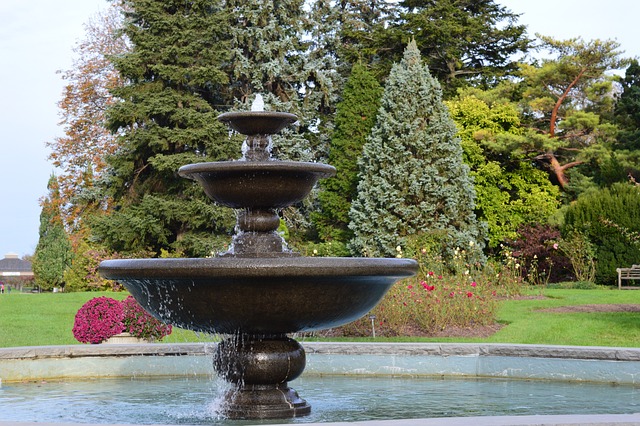
Landscaping transcends the mere act of planting a few flowers or trees in your yard; it involves a holistic approach to the transformation and enhancement of outdoor spaces, creating functional and aesthetically pleasing environments that enhance the quality of life. This dynamic field combines elements of art, science, and ecology, enabling practitioners to shape natural surroundings in ways that are sustainable and harmonious with local ecosystems. Effective landscaping requires a deep understanding of soil types, native plants, climate, and sustainable practices, along with a keen sense of design to aesthetically arrange plants, shrubs, and trees. It also includes the architectural use of hardscaping, such as pathways and retaining walls, which are crucial for managing terrain, adding structure, and enhancing usability. By conscientiously designing outdoor spaces, landscaping serves multiple purposes: it can increase property value, conserve water, reduce energy costs through strategic planting, and provide a sanctuary for wildlife and humans alike. Whether in private gardens, public parks, or commercial properties, skilled landscaping contributes not only to environmental conservation but also to societal well-being.
Landscaping
Landscaping is the art and science of modifying the visible features of an area of land for aesthetic and functional purposes. From residential gardens to vast public parks, landscaping encompasses a wide range of activities that include the design, planning, and execution of projects aimed at enhancing the natural beauty and usability of outdoor spaces. A well-designed landscape not only adds value to a property but also improves the quality of life by providing a serene and beautiful environment. The field of landscaping merges creativity with practicality, requiring a deep understanding of both plant life and architectural elements to create spaces that are both beautiful and sustainable.
The process of landscaping typically begins with the planning and design phase, where landscape architects or designers collaborate with clients to conceptualize their vision. This phase involves selecting appropriate plant species, choosing durable materials for structures, and considering factors like climate, soil type, and available space. Advanced landscape designs might integrate features such as water fountains, pergolas, walkways, lighting, and irrigation systems, ensuring that the area remains functional and visually appealing throughout the year. Landscapers must also consider the environmental impact of their designs, opting for sustainable practices that conserve resources and promote biodiversity.
Once the design is finalized, the implementation phase begins, utilizing a variety of tools and equipment to bring the vision to life. Landscaping contractors, skilled in both horticultural practices and construction techniques, play a crucial role in this phase. They are responsible for grading the land, installing hardscapes like patios and retaining walls, planting trees and shrubs, and setting up irrigation systems. Throughout this process, attention to detail is key, as even small elements can significantly impact the overall appearance and health of the landscape. Continuous maintenance is essential to preserve the landscape’s beauty and functionality, involving regular tasks such as mowing, pruning, fertilizing, and pest control. The culmination of all these efforts results in an outdoor space that enhances the atmosphere and offers a welcoming environment for all to enjoy.